Search Suggestions
- Gold Loan
- Money Transfer
- Mutual Funds

Return on Capital Employed (ROCE): Meaning and Calculation
ROCE is a vital financial metric used to evaluate a company's profitability and how efficiently it utilises its capital. The full form of ROCE is Return on Capital Employed. It gives a clear picture of whether the business is making smart use of the funds it has invested.
Table of Content
- What is meant by Return on Capital Employed?
- How is ROCE Calculated?
- Importance of ROCE
- Relationship Between Economic Business Cycle and ROCE
This ratio of ROCE is often checked by people thinking of investing in the company, like investors, fund managers, or others in the financial market. It helps them decide if putting money into the company is a good idea or not. In simple terms, ROCE answers the question: “Is the company making the most out of the money it has put into the business?” Without further ado, let's understand what it is and how it is calculated.
What is meant by Return on Capital Employed?
ROCE is a way to measure how much profit a business earns from the capital (both equity and long-term debt) it has invested. Investors use ROCE to compare companies and decide where to put their money. The meaning of higher ROCE is that the company is proficient at turning capital into profits.
How is ROCE Calculated?
The formula for ROCE is simple:
ROCE = (EBIT / Average Capital Employed)
- EBIT stands for Earnings Before Interest and Taxes. EBIT calculates a company's operating profit, excluding interest and tax expenses.
- Average Capital Employed = Total amount of capital invested in the business - Current Liabilities.
Importance of ROCE
- ROCE serves as a key profitability metric, reflecting how effectively a business generates returns from its invested capital. It’s a key number that investors look at when deciding whether or not a company is worth putting money into, based on how well it turns its capital into returns.
- Before investing, many people compare the ROCE of different companies. This helps them figure out which one is using their money more wisely to earn good profits. If you’re a mutual fund investor, this can guide you in spotting the company that makes the best use of its capital.
- Ratios are especially useful when looking at companies that need a lot of money to run, like car makers, airlines, railway services, or steel companies. These types of businesses put large amounts of money into their assets, so it’s important to check how well they’re using that money. A company that puts its capital to good use might be a strong choice for investment.
- ROCE gives you a clearer picture of how much profit a company makes after factoring in the capital it had to use to get there. It shows how efficiently a company is working with the money it has.
- Not only is ROCE helpful for comparing businesses in the same industry, but it’s also a useful tool for the companies themselves. It helps them understand how well they’re doing and where they can improve to grow further.
Relationship Between Economic Business Cycle and ROCE
Here’s how ROCE behaves during different stages of the business cycle:
Expansion Phase (Growing Economy)
When the economy is strong, people spend more, and businesses earn higher profits. Since companies are making more money without needing much extra investment, their ROCE improves. It’s like getting better returns without working harder.
Peak Phase (Slowdown Begins)
At this point, growth starts to level off. Competition increases, and even though companies are still profitable, it’s harder to keep growing fast. ROCE may stay steady or dip slightly because squeezing out more profit becomes tougher.
Contraction Phase (Economic Downturn)
When the economy weakens, sales drop and profits shrink. A declining ROCE (Return on Capital Employed) often signals that a company is struggling to use its capital efficiently. It’s like trying to run a factory at half capacity, costs stay high, but income drops.
Recovery Phase (Getting Back on Track)
As the economy picks up, sales slowly improve. If companies cut unnecessary costs and adapt, ROCE can rise quickly. Smart businesses bounce back faster by using their money wisely.
Early Growth Stage (New Investments)
When the economy starts recovering, companies often spend more to grow new machines, hire, or expand. This can temporarily lower ROCE because money is being invested, not yet earning returns. But if these moves pay off, ROCE climbs later.
Now you must have understood how ROCE helps you understand how much the company makes a profit in its business. You can easily work it using numbers from the company's financial reports. When analysing ROCE, comparisons should be made between companies operating in the same industry, as capital efficiency tends to vary across different sectors and geographic markets.
- Invest in Mutual Fund
- Systematic Investment Plan
- Mutual Fund Calculator
- Liquid Mutual Fund
- Debt Funds
- Balanced Funds
- Equity Linked Schemes
- Tax Saving Schemes
CATEGORIES
OUR SERVICES
-

Credit Score
-

Gold Loan
-

Personal Loan
-

Cibil Score
-

Vehicle Loan
-

Small Business Loan
-

Money Transfer
-

Insurance
-

Mutual Funds
-

SME Loan
-

Corporate Loan
-

NCD
-

PAN Card
-

NPS
-

Custom Offers
-

Digital & Cashless
-

Milligram Rewards
-

Bank Mapping
-

Housing Finance
-

#Big Business Loan
-

#Gold Loan Mela
-

#Kholiye Khushiyon Ki Tijori
-

#Gold Loan At Home
-

#Sunherisoch
RECENT POSTS
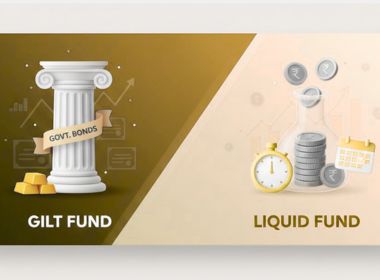
Gilt Fund vs Liquid Fund: Full Form, Meaning & SIP Guide
Know More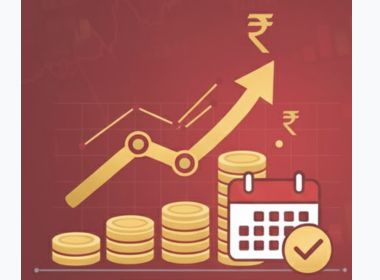
XIRR in Mutual Funds & SIP: Full Form, Meaning, Formula and How to Calculate
Know More
7 Key Factors to Consider Before Taking an SME Loan
Know More
Difference Between Black Gold and Gold: Everything You Need to Know
Know More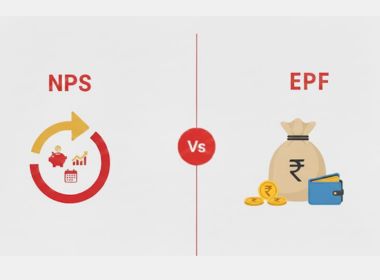
NPS vs EPF: Everything You Need to Know About Retirement Savings
Know More
What is a Credit History? Impact on Credit Score and Credit Report
Know More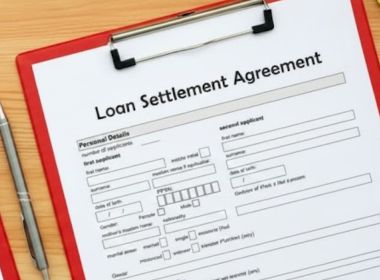
Loan Closure Vs. Loan Settlement: Meaning, Benefits, and CIBIL Score Impact
Know More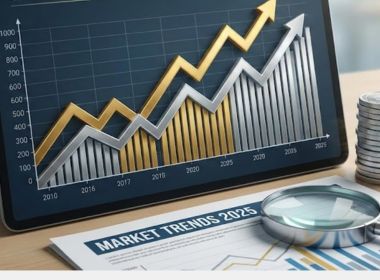
Is Silver the New Gold? A Look at 2025 Price Trends
Know More
What Are the Various Types of Equity Funds and How They Work?
Know More
Why Are Gold Loans Becoming the Most Preferred Financial Option in 2025?
Know MoreFIN SHORTS

What Are Co-Pay and Deductibles in Insurance Policies?
Know More
Should You Take a Loan Against Your Mutual Fund or SIP?
Know More
Top 5 Best Mid-Cap Mutual Funds to Watch in 2026
Know More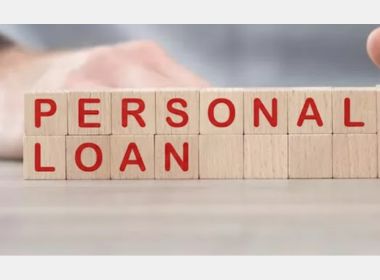
Are Personal Loans Right for Retirees? Key Points to Consider
Know More
What Happens to a Personal Loan After the Borrower Dies?
Know More
Best Loan Choices for Credit Scores of 580 and Below
Know More
7 Reasons Why a Gold Loan Is the Best Option for Small Businesses
Know More
10 Reasons Why People in India Prefer Physical Gold
Know More
Real Estate vs Gold: Which Is a Better Investment in India?
Know More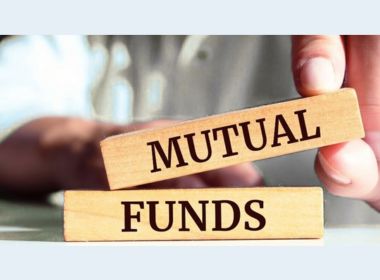
10 Common Mistakes That Make Investors Lose Money in Mutual Funds
Know More
10 Reasons Why Gold Has So Much Appeal in Uncertain Times
Know More
7 Ways Settling Debt Can Impact Your CIBIL Score
Know More- South +91 99469 01212
- North 1800 313 1212


